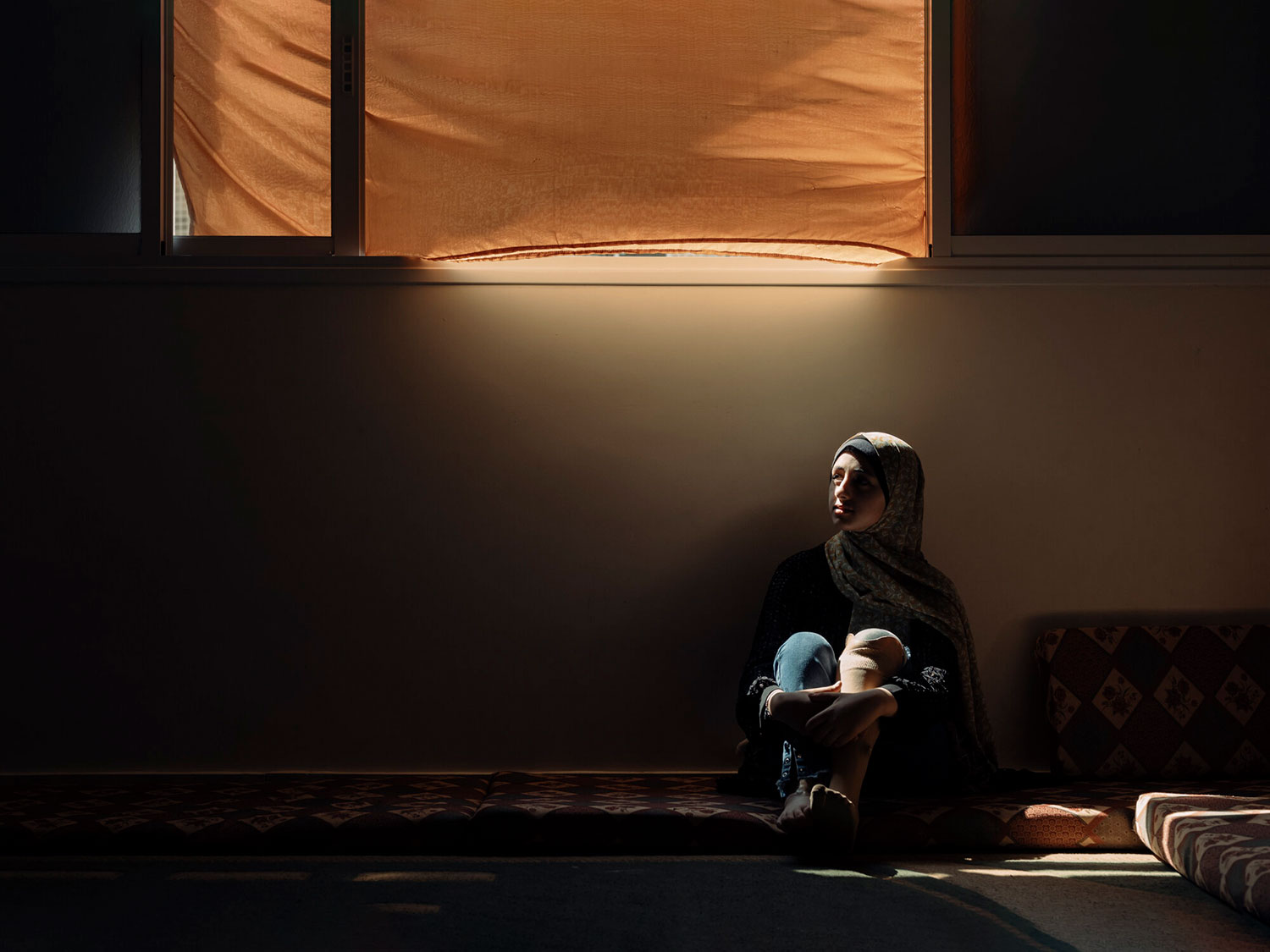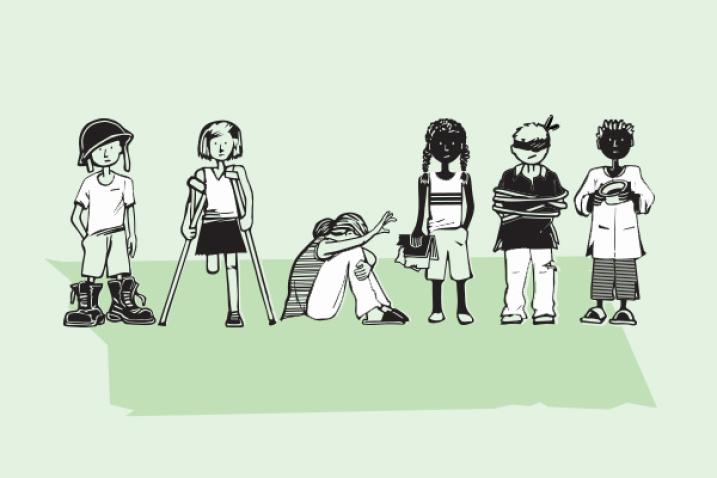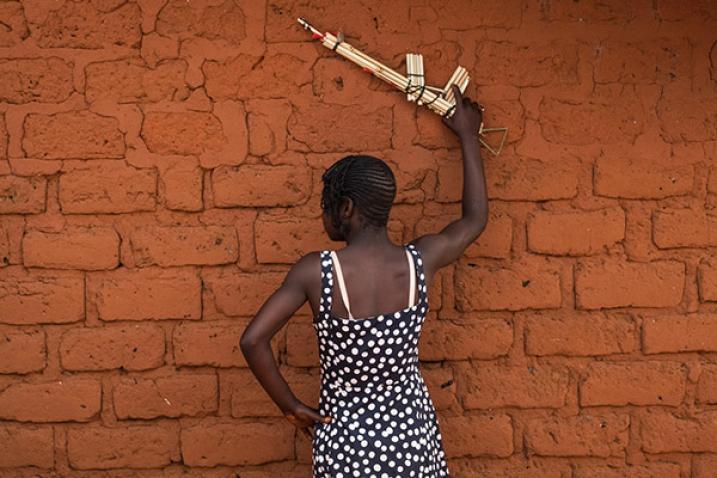Children under attack
Every day, children living in wars across the globe are facing unspeakable horrors. They are not safe sleeping in their homes or playing outside, learning in school or seeking medical care at hospitals. From killing and maiming, abduction and sexual violence, to attacks on education and health facilities, and the denial of the humanitarian assistance that they desperately need, children are being caught in the crosshairs of warring parties at a staggering scale.
Alarming data
The UNICEF report "25 Years of Children and Armed Conflict” points at alarming data. Since 2005:
- 104,100 are killed or maimed
At least 104,100 children have been killed or maimed. More than two-thirds of these have been between 2014 and 2020, with an average of 10,500 children killed or maimed each year. - 93,000 are recruited
At least 93,000 have been recruited by armed actors. Between 2016 - 2020, the UN verified the recruitment and use of an average of 8,756 children annually (8,521 in 2020). - 25,700 are abducted
More than 25,700 children have been abducted. Two-thirds of the cases over the past 16 years have occurred between 2014 - 2020, with an annual average of 2,414 (3,202 in 2020). Boys account for three-quarters, however, girls remain at risk of being abducted including for the purpose of sexual violence and exploitation. - 14,200 are sexually violated
More than 14,200 children have been subjected to rape and other sexual violence. The annual average is 890 child victims, with the highest record standing at 1,268 in 2020. This, however, is not reflective of the actual scale. Cases of sexual violence, including sexual violence against boys, are particularly underreported. Sexual violence disproportionately affects girls, who were victims in 97 per cent of cases in the last 5 years. - 14,900 are denied humanitarian access
More than 14,900 incidents of denial of humanitarian access have been verified. Around 80 per cent of incidents took place in the past 5 years, demonstrating strengthened efforts to document and verify these incidents. - 13,900 schools and hospitals destroyed
More than 13,900 attacks on schools and hospitals have been verified. Nearly three-fourths of these incidents concerned education facilities, personnel, and pupils, with an annual average of 873 attacks, including 1,032 between 2016 - 2020.
Source: UNICEF fact sheet "Progress and challenges for children living in armed conflict" published 2022
Wars cause multiple additional depravations including hunger, disease, and poverty. UNICEF’s report confirms that every year the number of verified violations for children who are impacted by wars continues to increase. Each of these numbers represents a grave tragedy for a child, a family, a community. This is a call to STOP attacks on children.
Poems for Peace
Muzdalifa, 17, Sudan: Muzdalifa is determined to help bring peace to Sudan. She attends Child Rights Club in her town, run by UNICEF-supported teachers.
With Poems for Peace, UNICEF is giving children a platform to explain in their own words the impact of conflict and war on their lives – and their hopes and dreams for the future.

Photo exhibit: From Despair to Hope; Children Beyond Armed Conflict
Weam, 16, Gaza: Weam was injured whilst walking past her house. She, her father and her three cousins were targeted by an anti-personnel drone rocket, which exploded into thousands of small metallic cubes. “I just couldn’t accept the fact that I had lost my limb, it was very difficult for me.”
Real Child Drawings Show Brutality of War in Ukraine. 5.2 million children are in need of humanitarian assistance.
How To Look After a Child Through Conflict & Displacement
How the climate crisis affects violence against children: displacement
Dr. Graça Machel reflects on the Children and armed Conflict Agenda 25 years on
"Children are children, first of all. As adults, it is our duty to protect them, and to create a better, more peaceful world where every one of their rights is protected and fulfilled. Anything less is unacceptable."
In July 2022, on the occasion of the launch of UNICEF’s report “25 years of CAAC: Taking Action to Protect Children in War”, Dr. Graça Machel reflected on the progress made by the international community to better understand how wars impact children. She called for action to assist affected children in a manner tailored to their needs, and to hold accountable the warring parties that are violating their rights.




